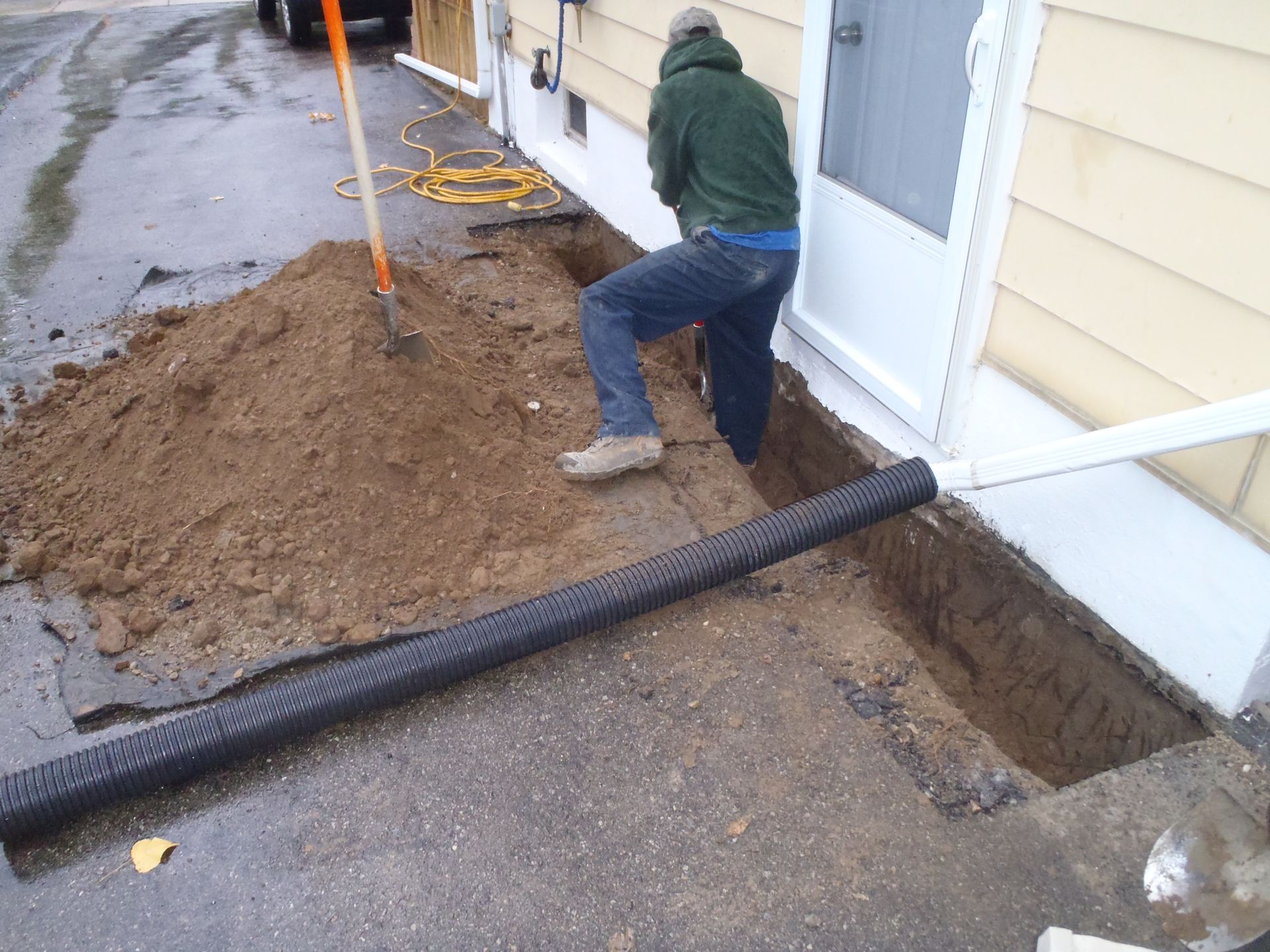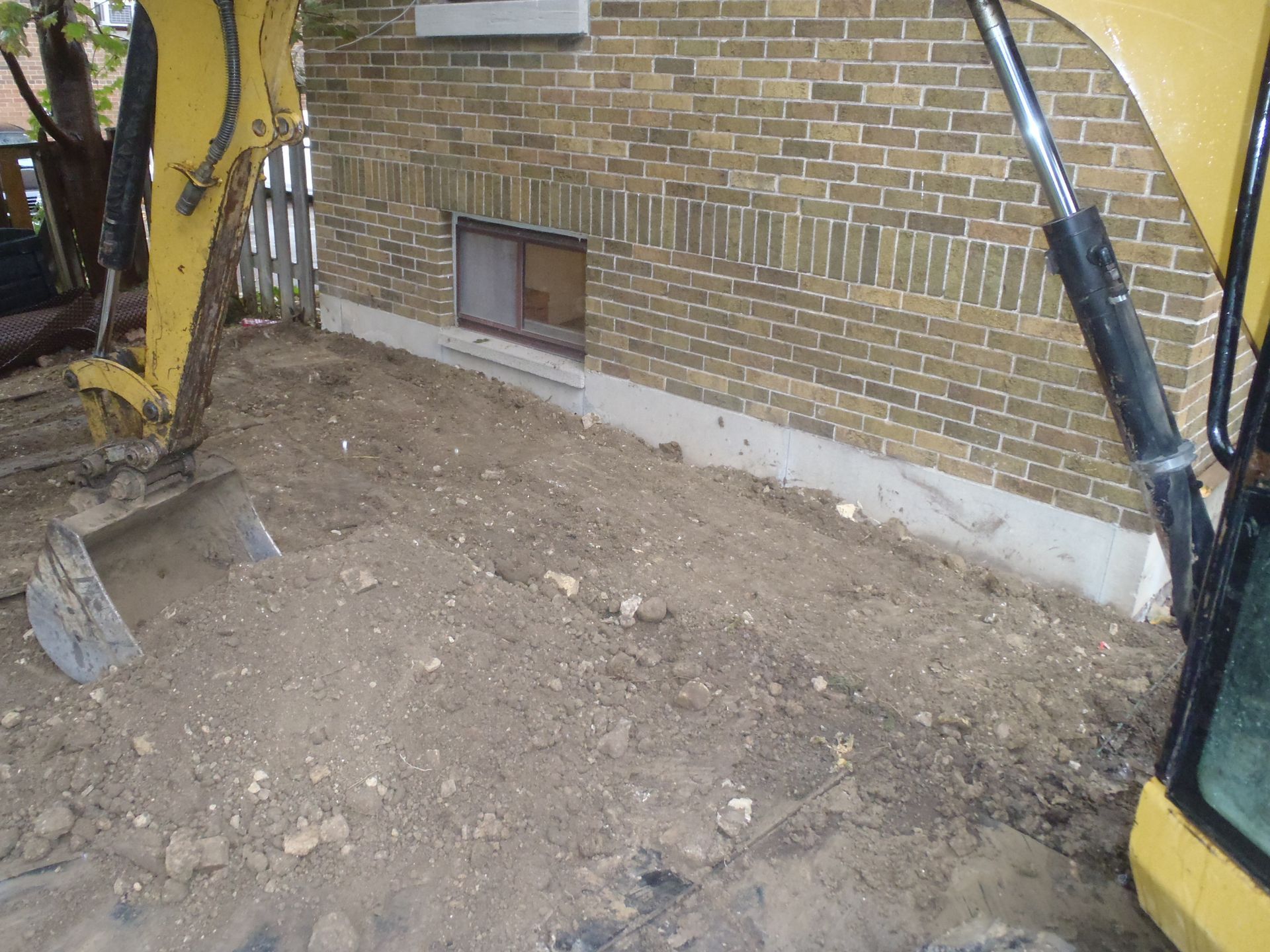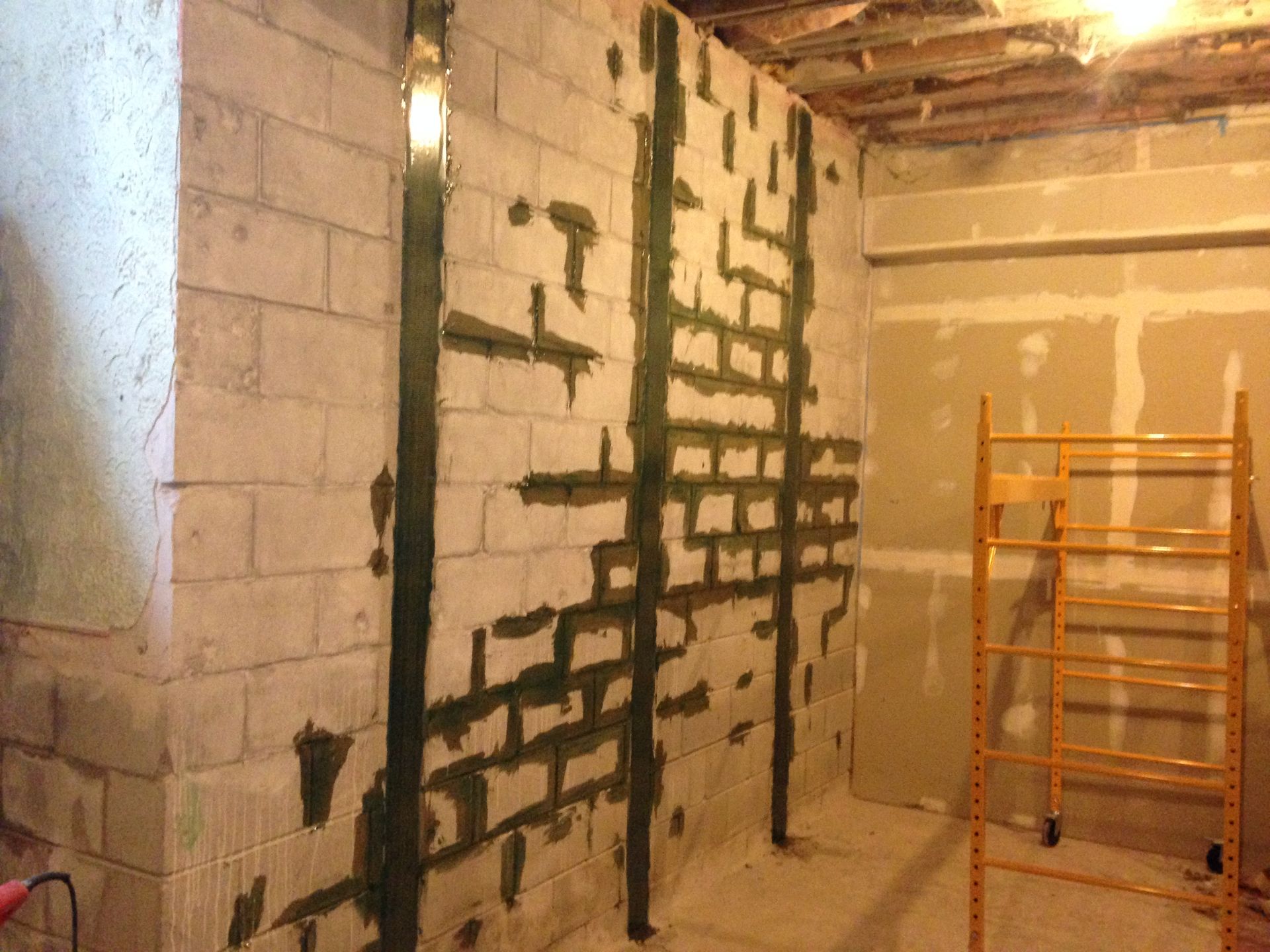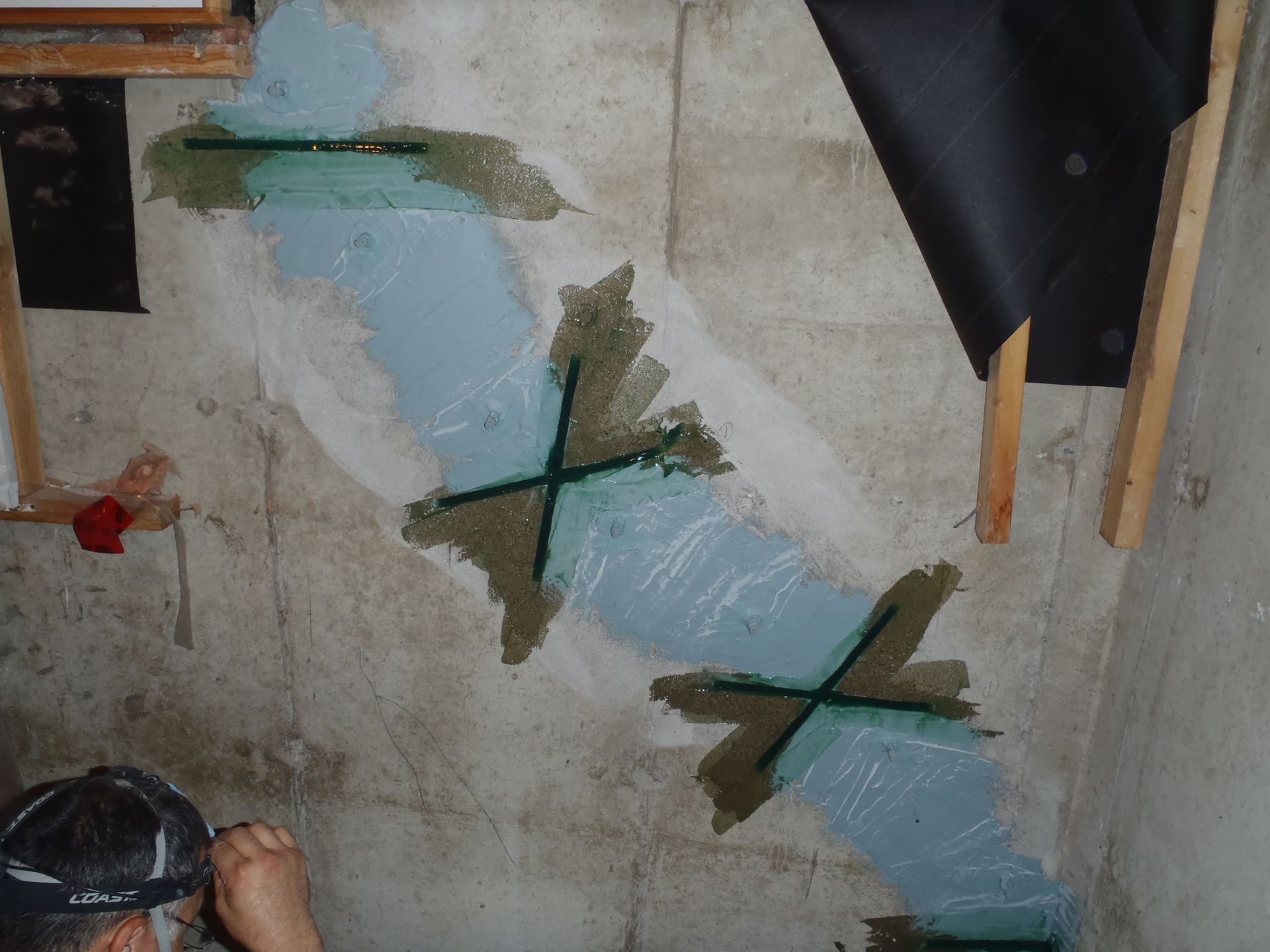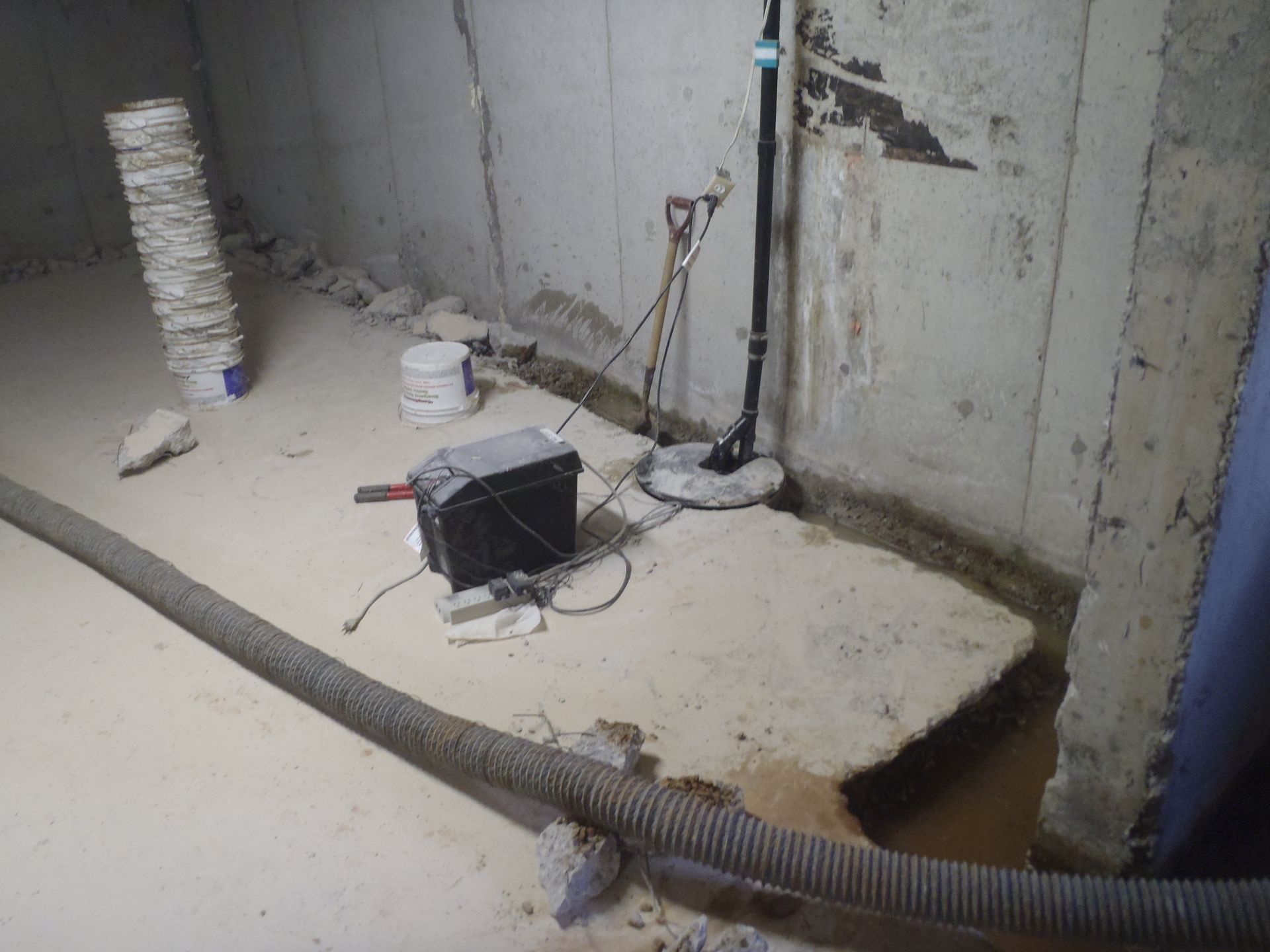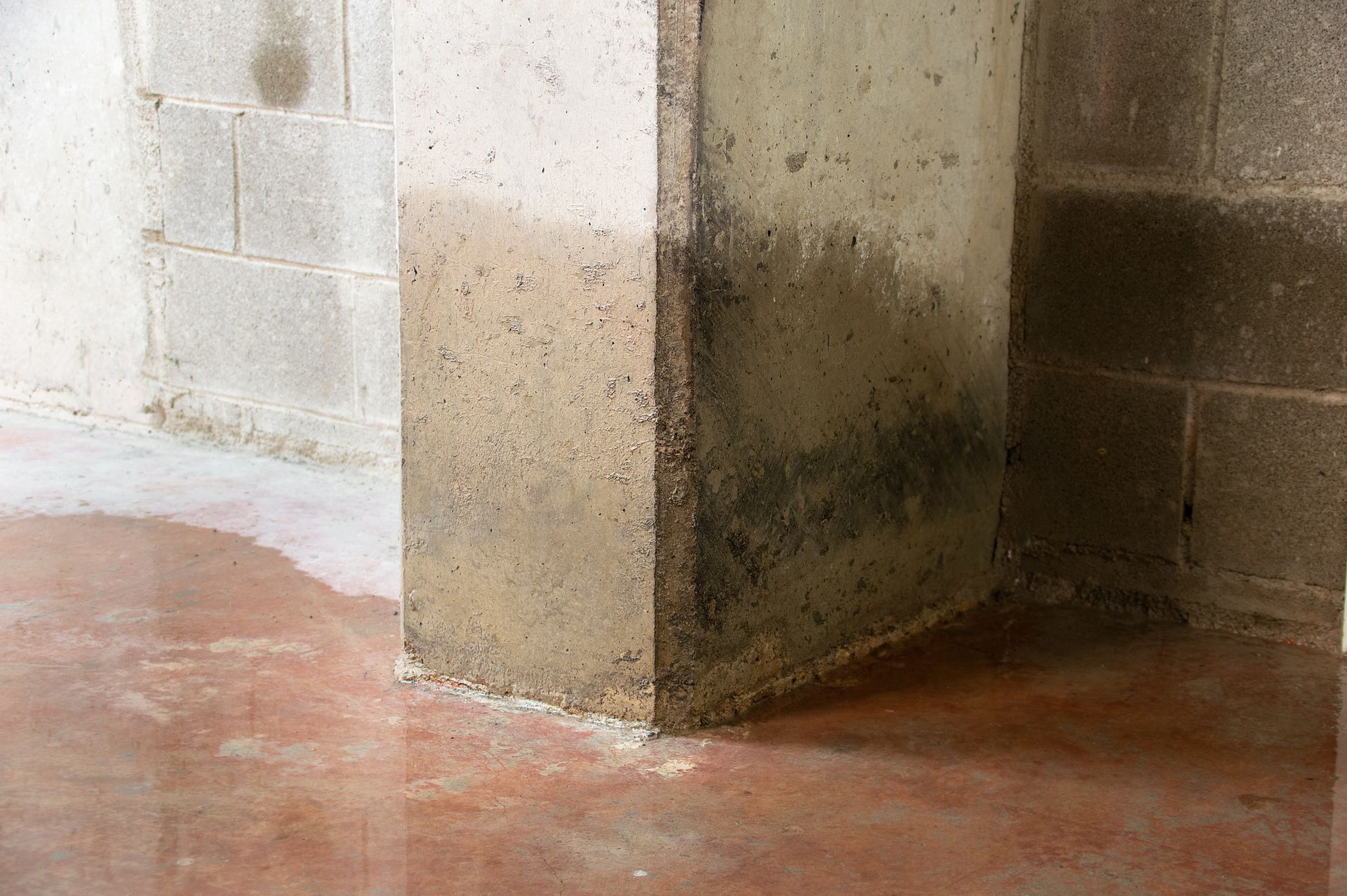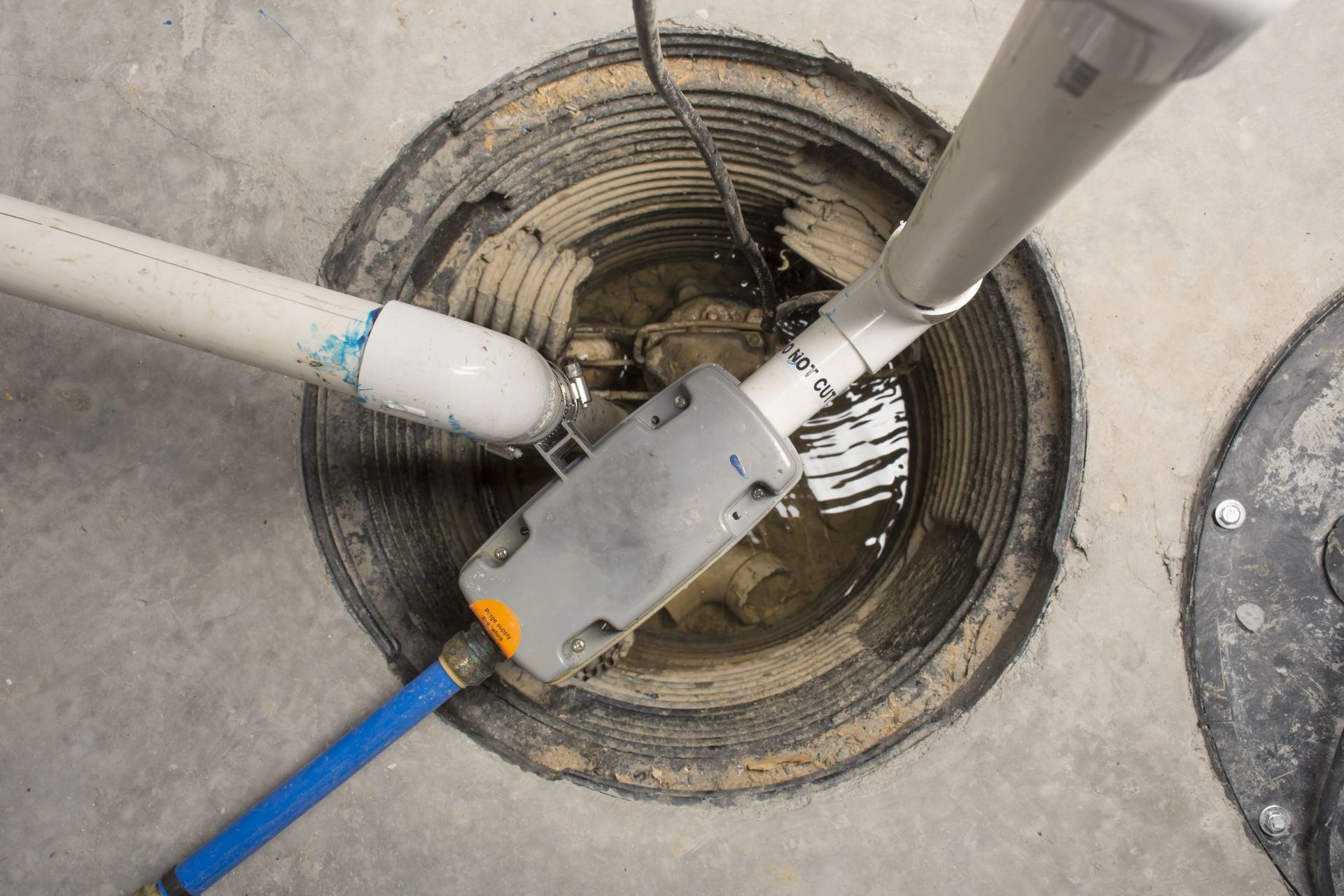The Ultimate Guide to Crack Stitching: What You Need to Know for a Dry Basement
A dry basement is essential for a healthy and safe living environment. However, basement cracks are a common issue that many homeowners face, leading to water leakage and damage. One of the most effective solutions to this problem is crack stitching. This article provides an ultimate guide to crack stitching, helping you understand the process and its benefits, ensuring a dry basement for your home.
What is Crack Stitching?
Crack stitching is a specialized technique used to repair cracks in concrete or masonry walls. It involves the use of high-tensile stainless steel bars or helical wires, which are grouted into the wall, spanning the crack. These bars or wires provide reinforcement and help redistribute the structural load, preventing further movement or widening of the crack. As a result, the wall's structural integrity is restored, and water infiltration is prevented.
Why is Crack Stitching Important?
Crack stitching is essential for several reasons:
1. Structural Integrity: Cracks in basement walls can compromise the overall structural integrity of your home. Crack stitching helps stabilize the wall and prevent further damage.
2. Water Infiltration: Cracks can allow water to seep into your basement, causing dampness, mold growth, and even flooding. Crack stitching provides a waterproof seal, ensuring a dry basement.
3. Property Value: A well-maintained basement can significantly increase your property value. Addressing cracks through crack stitching can improve the overall appearance and functionality of your basement, making it more appealing to potential buyers.
4. Cost-Effective: Crack stitching is a cost-effective solution compared to other methods, like rebuilding the entire wall. The process is relatively quick and does not require extensive labor or materials.
When is Crack Stitching Necessary?
Crack stitching is necessary when you notice cracks in your basement walls that are causing water infiltration or affecting the structural integrity of your home. Some common signs that crack stitching may be required include:
1. Horizontal or vertical cracks in the basement walls.
2. Cracks that are widening over time.
3. Water staining or dampness around the crack.
4. Mold or mildew growth in the basement.
It is essential to address these issues promptly, as ignoring them can lead to further damage and costly repairs in the future.
How is Crack Stitching Done?
The crack stitching process involves the following steps:
1. Inspection: A professional waterproofing company will first inspect the crack to determine its severity and the most appropriate method for repair.
2. Cleaning: The crack is cleaned thoroughly to remove any loose debris, dust, or dirt. This ensures a strong bond between the grout and the wall.
3. Drilling: Holes are drilled into the wall at regular intervals along the length of the crack, typically about 16 inches apart.
4. Inserting Bars or Wires: High-tensile stainless steel bars or helical wires are inserted into the drilled holes and secured in place with specialized grout.
5. Grouting: The entire length of the crack, including the inserted bars or wires, is filled with a waterproof grout. This seals the crack and helps redistribute the structural load.
6. Finishing: Once the grout has cured, the surface is smoothed and finished to match the surrounding wall.
7. Monitoring: It is essential to monitor the repaired crack for any signs of movement or water infiltration. This helps ensure the effectiveness of the crack stitching and helps address any potential issues promptly.
Investing in crack stitching is an essential step towards ensuring a dry and structurally sound basement. By addressing cracks promptly and choosing a trusted waterproofing company like DryBasements.com, you can protect your home from further damage and maintain its value. To learn more about our crack stitching services and other waterproofing solutions, visit our website or contact us for a free consultation today!


